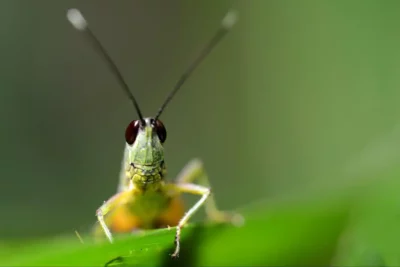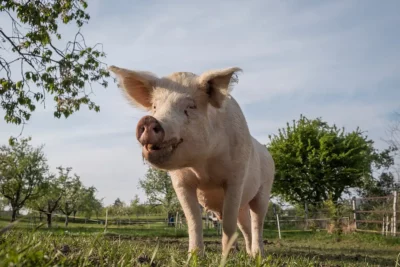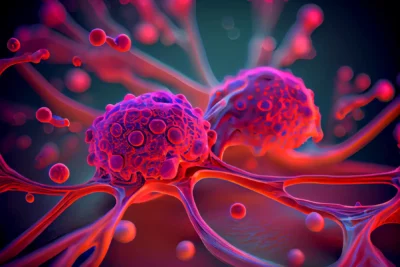The impacts of our food choices on wildlife are more widespread than we may realize. Whilst environmental issues like deforestation and pesticide can catch our attention, so often, this awareness and concern doesn’t translate into food choices that would make a real difference to the world’s wildlife.
And we do need to act. The Living Planet Report revealed a devastating 69 percent decline in wildlife populations in the last 50 years. And many scientists now believe we are entering a sixth mass extinction event, due to our ongoing unsustainable use of land, water, and energy, and the resultant climate-changing effects. Animal agriculture has played a disproportionate role in causing these crises and it is time consumers demanded change. We can do this every day with our food choices.
1. Avoid Animal Products
Dropping animal products from our plates is the single best thing we can do for wildlife.
In order to allow wildlife to flourish, there must be healthy habitat for them, but meat and dairy are particularly land-hungry. They need vast amounts of land, and wildlife is driven out. If we combine global grazing land with the amount of cropland used for animal feed, farmed animals use 80 percent of all agricultural land. However, even with all this land, meat, dairy, and farmed fish provide just 17 percent of the world’s calories, and 38 percent of its protein.
If everyone adopted a plant-based diet, we would need just a quarter of this land to provide enough food for the world. That means, huge amounts could be returned to its natural state, which means healthy habitats in which wild animals and plants can thrive.
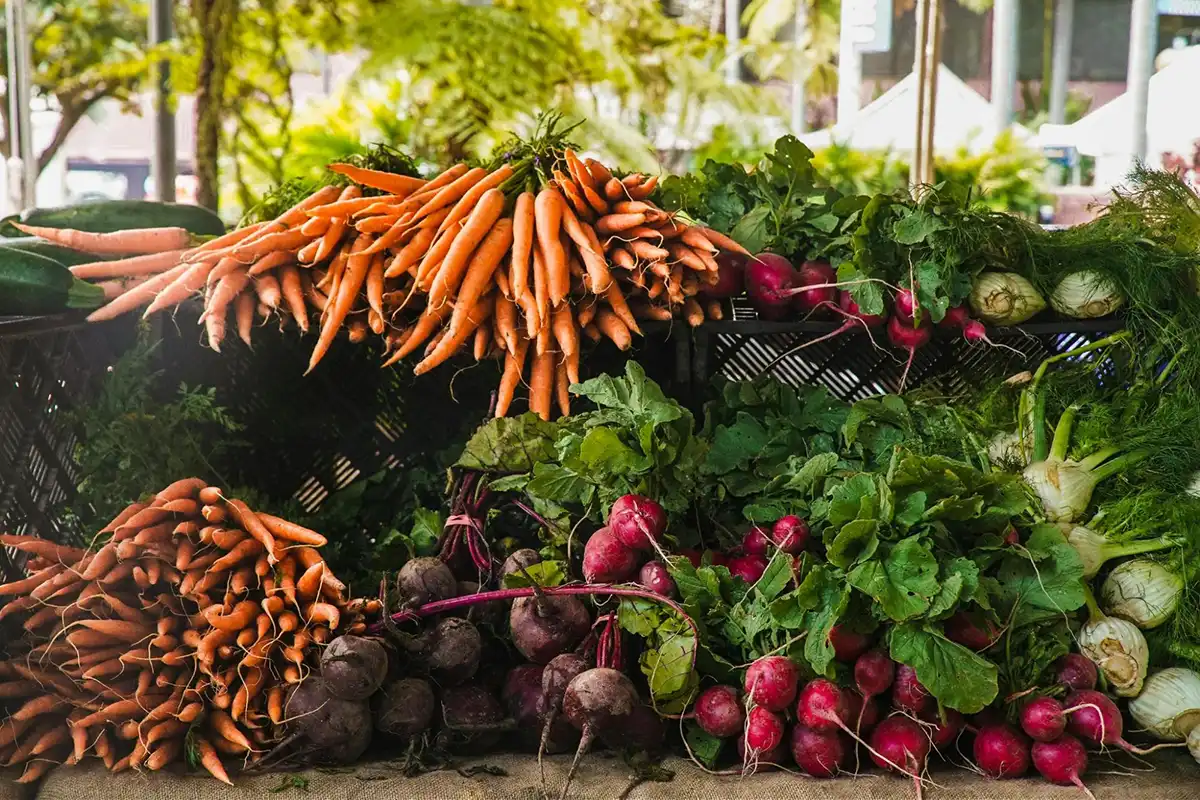
Extensive or Intensive Farming: Which Is Best for Wildlife?
Farming animals outside (extensive) requires vast amounts of pasture space for grazing. Many consumers believe that products from grass-fed animals are better for the environment and wildlife, but so often, pastures are created by cutting down complex ecosystems like rainforests and destroying the natural habitat of many wild animals, insects, and flora.
If animals are farmed intensively in factory farms (as most of the 80 billion animals farmed every year are), gargantuan amounts of feed are required for them. That must be grown on land which is forced to maximum productivity by vast arrays of chemicals. Such intensive, mono-crop agriculture is terrible for wildlife. And because we are feeding 80 billion farmed animals instead of seven billion people, we need a lot more feed and a lot more land.
The damage to wildlife does not end with loss of habitat, and chemical poisoning. Farmed animals also produce huge amounts of waste, and unsustainable amounts of it end up in rivers and oceans, causing mass fish deaths, choking algal blooms, and ocean dead zones. Meat, eggs and dairy are bad for aquatic wildlife as well as land-based wildlife.
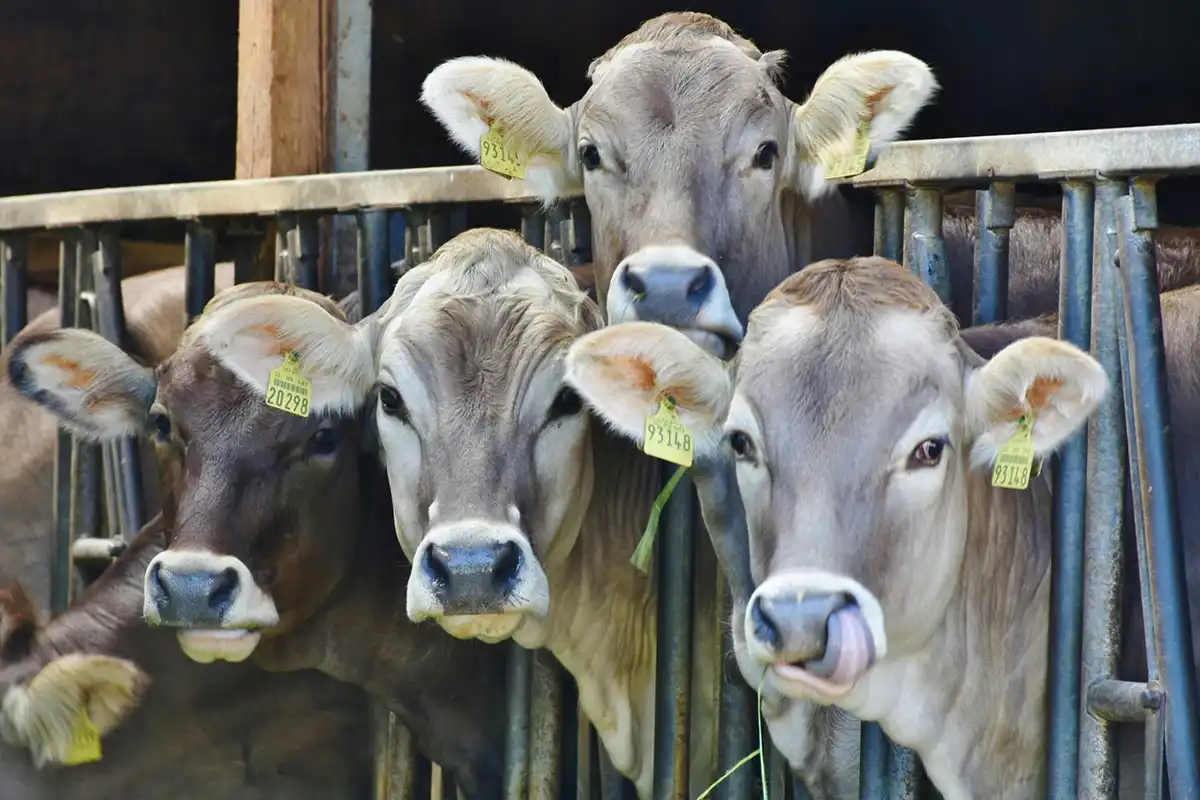
2. Buying Responsibly Is Better than Buying Locally
Local does not always mean sustainable and responsible. And when it comes to wildlife, it’s all about what foods are produced, not where they come from. Here are some real-world examples:
- Locally sourced chicken from the green and pleasant Wye Valley may sound sustainable, but it’s likely the meat came from one of the hundreds of intensive, indoor chicken factory farms that are directly causing a decline in biodiversity and water quality.
- Locally produced Scottish Salmon is also likely to have come from an intensive fish farm that is allowing lice and disease to enter natural ecosystems, killing off natural wild species of sea animals.
- Locally produced, free-range Hereford beef might sound better than cows farmed on an intensive feedlot, but it is still no good for wildlife. It likely means hedgerows have been cut down and trees cleared for pasture, directly destroying habitats for wildlife. At the very least, there are the huge amounts of waste produced by beef farms that poison waterways, as well as methane emissions that are driving climate change. And, as we know, climate change is a driving force behind the decline in wildlife.
Instead of choosing these destructive foods, we can look for organic and seasonal fruits, vegetables, legumes, and grains, as well as the products made from them. We understand this is not easy for everyone — our current food system does not allow healthy, sustainable options to be affordable for all — so it is up to those that can afford to do so, to make good choices.
Giving up animal products is a great way to protect wildlife, and with the extra money saved from not buying expensive meat, we can look for more sustainable, wildlife-friendly plant-based products.
3. Avoid Foods That Cause Deforestation
It’s not hard to see why deforestation is bad for wildlife. We’ve all seen heartbreaking videos of orangutans fighting to save the last scraps of their natural habitat as forests are cleared for pasture or palm oil.
One of the most powerful things we can do every day as consumers is to stop supporting the products that cause deforestation, like beef, dairy, and palm oil. Many people also believe that soy is a big issue, and they are correct, soy production does cause deforestation, but it is not human consumption of soy that’s the problem. More than 77 percent of all the soy grown is actually used for farmed animal feed, making meat-eating the biggest problem.

4. Support Responsible Farmers
It is a hard time for farmers trying to do the right thing. Market forces, global trade, short-sighted agricultural policies, and more have created a system where it’s difficult for farmers to take care of wildlife and their local ecology while also making enough money to survive. So, it’s important, as responsible consumers, to support farmers who are trying to do things right.
We believe that veganic farming is the future of sustainable food production. It is a system of production that does not use any animal inputs or artificial chemicals, and it is truly a sustainable, low-impact, and ethical way to produce food. You can find more information on veganic farming and the growing network of veganic farmers in the USA and the UK here.
While veganic produce is not yet widely available, wildlife-conscious consumers who have the choice can opt for plant-based products and choose organic wherever possible.
5. Be Aware of Bogus Marketing
Our food system, particularly animal agriculture, has become more capitalist than ever before. Food is now no longer just a way to nourish and sustain healthy bodies, it is a global commodity, marketed to us by the multi-trillion-dollar animal agriculture industry. Today around 99 percent of all farmed animals in the US are factory farmed, so the profit made from their bodies can be maximized. It’s all about money for corporations, not healthy food for us and the planet.
The reality of this for animals, both farmed and wild, is horrific, but the companies never want us to know the reality as it may cause us to change our shopping behaviors. Therefore, they use expert marketing tactics and dodgy accreditation schemes to market their products as sustainable, wildlife-friendly, or ethical, when in fact, the opposite is true.
Conclusion
By far the best thing we can do for wildlife is to stop eating animal products: meat, dairy, and eggs. There’s just no commercially viable way to farm animals for human consumption that is sustainable for wildlife: it requires far too much land, water, and crops, whilst also polluting local ecosystems and driving climate change.
If you’re keen to be a wildlife hero, try our 7-day vegan challenge for the environment here!
